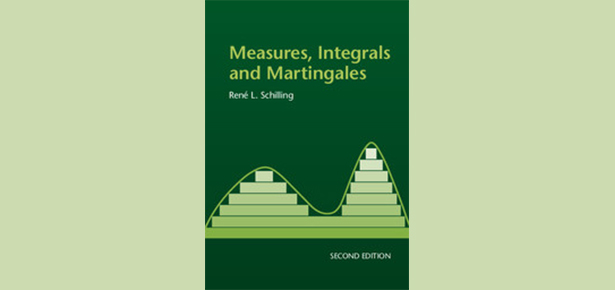
Measure and integration theory is an indispensable tool in mathematical analysis, probability theory, mathematical statistics and in many applications such as mathematical finance and actuarial studies. Sometimes it is taught at the end of one’s undergraduate studies, but it is more commonly found in the graduate curriculum – well after the theories which are based on it, like PDEs, harmonic analysis, stochastic processes or mathematical finance which are popular specializations for 3rd year undergraduates. One reason is the fact that students and instructors see measure theory as complicated, since it is seen as abstract and many excellent texts are of an encyclopedic nature.
Indeed, measure and integration is probably the first course where students encounter many abstract concepts from analysis – the sup and inf, limsup, liminf, the abstract spaces where suddenly sets play the role of points and systems of sets replace sets – in action, and this makes the topic look inaccessible. But once one has overcome this awe, the topic is straightforward and proofs are short and relatively simple, needing not more than rigorous epsilon-delta analysis, some linear algebra and the very basics of point-set topology.
When writing the book I wanted to create a text which can be used in class and as a text for self-study (proofs are very detailed, all problems, and there are plenty of them, have very detailed solutions on the internet) – for undergraduates. This meant that I postponed – and sometimes developed – all topological aspects to later chapters, thus creating a text on measure and integration in a “familiar” setting, but with proofs which are easily transferred to more abstract situations. The first 14 chapters develop the main aspects of the theory (measure, integral, convergence theorems, parameter-dependent integrals, Fubini’s theorem) with a view towards applicability of the results in other disciplines, analytic and probabilistic alike. The following chapters are more of a pick-and-choose nature, depending on the needs of the reader/teacher, and the topics are largely independent from each other.
For more information on Measures, Integrals and Martingales, visit www.cambridge.org
Latest Comments
Have your say!